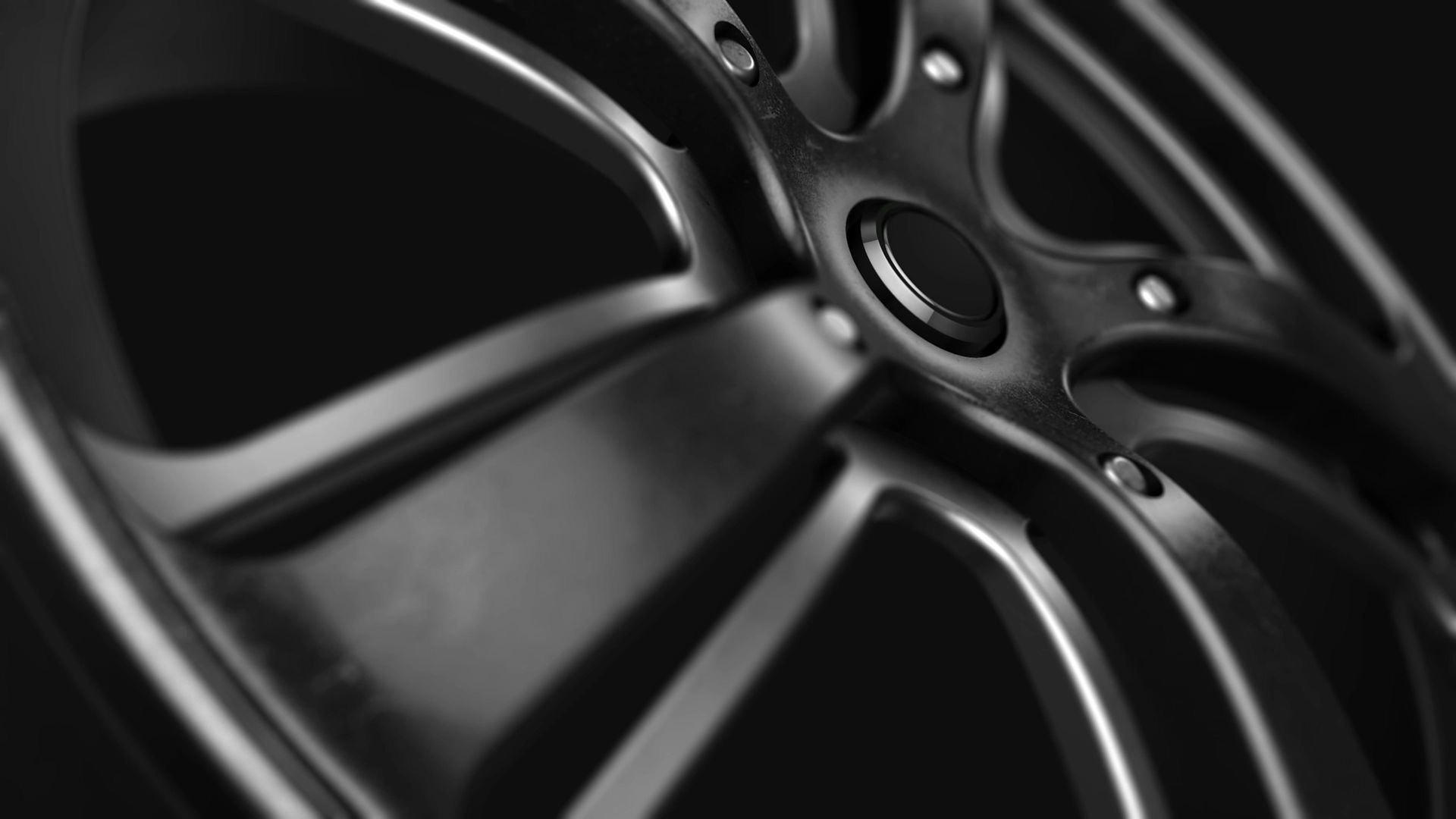
Introduction
In the last decade, 3D printing has evolved from a niche technology into a game-changing innovation for various industries. One sector that has particularly benefited from this technological advancement is manufacturing. This blog post aims to explore the transformative impact of 3D printing on the manufacturing landscape, from rapid prototyping to mass production.

What is 3D Printing?
3D printing, also known as additive manufacturing, is a process that creates a physical object from a digital design. Unlike traditional manufacturing methods that remove material from a larger piece, 3D printing adds material layer by layer to build an object. This process allows for greater complexity and customization, often at a lower cost.

Rapid Prototyping
One of the most immediate benefits of 3D printing in manufacturing is rapid prototyping. Traditional prototyping methods can take weeks or even months, but with 3D printing, a prototype can be produced in a matter of hours. This speed allows manufacturers to iterate designs quickly, saving both time and money.

Customization and Personalization
3D printing has opened the doors to mass customization. Manufacturers can easily tweak digital designs to meet specific customer needs without the need for retooling. This capability is particularly beneficial in industries like healthcare, where personalized prosthetics and implants can be created with unparalleled precision.

Supply Chain Simplification
3D printing can significantly streamline the supply chain. Traditional manufacturing often involves multiple steps—casting, machining, assembly, and so on—each requiring transportation to different facilities. 3D printing can consolidate many of these steps, reducing both time and cost in the supply chain.

Sustainability
Additive manufacturing is generally less wasteful than its subtractive counterpart. Because material is added layer by layer, there is less waste produced. Additionally, 3D printing allows for the use of sustainable materials like bioplastics, further contributing to its eco-friendly advantages.

Challenges and Limitations
While 3D printing offers numerous benefits, it's not without challenges. The technology is still relatively expensive for large-scale production. There's also a learning curve involved in mastering the software and machinery. Moreover, not all materials are suitable for 3D printing, limiting its applications in some cases.
(Click this image above for all you can get information about 3D Printing, CNC Machining, and more. Brought to you by HUBS.)
The Future of 3D Printing in Manufacturing
As technology continues to advance, the limitations of 3D printing are rapidly being overcome. New materials are being developed, and the cost of machinery is decreasing. It's only a matter of time before 3D printing becomes a standard part of the manufacturing process, from small-scale custom jobs to large-scale industrial projects.

Conclusion
3D printing is revolutionizing the manufacturing industry in numerous ways. Its ability to speed up prototyping, enable customization, simplify the supply chain, and contribute to sustainability makes it a transformative technology. As it continues to evolve, 3D printing is set to redefine manufacturing as we know it.
So, whether you're a manufacturer looking to streamline your processes or a consumer eager for personalized products, the world of 3D printing has something to offer you. Welcome to the future of manufacturing.

👉 Click Here to Enter Our Giveaway! Don't miss your chance to win our beastly 1969 Mercedes 280s sedan!



Comments